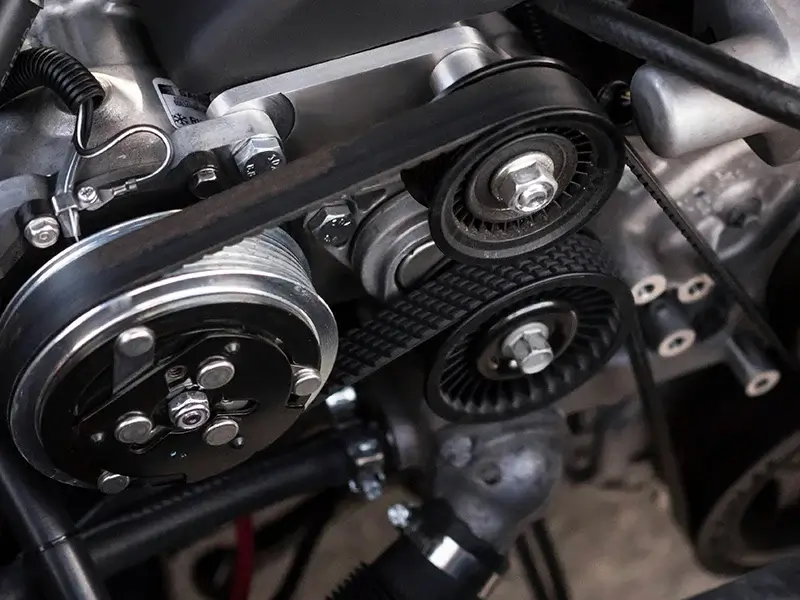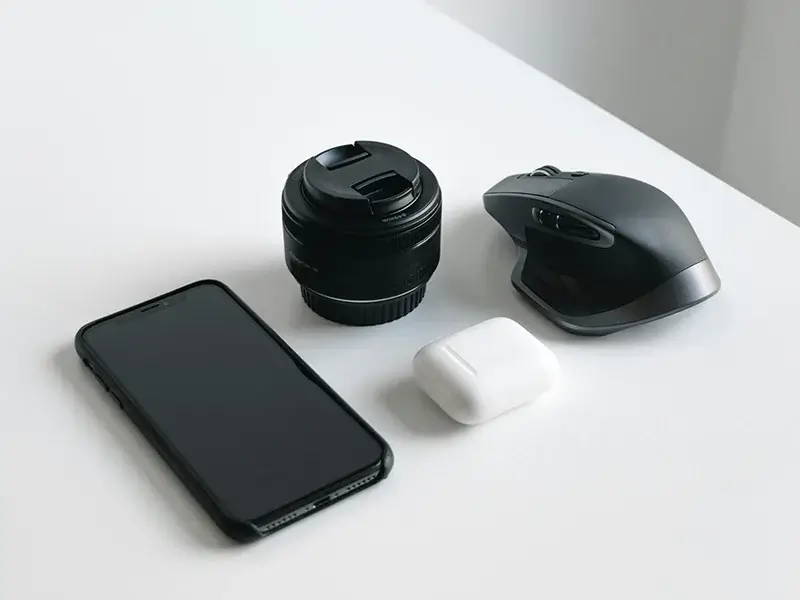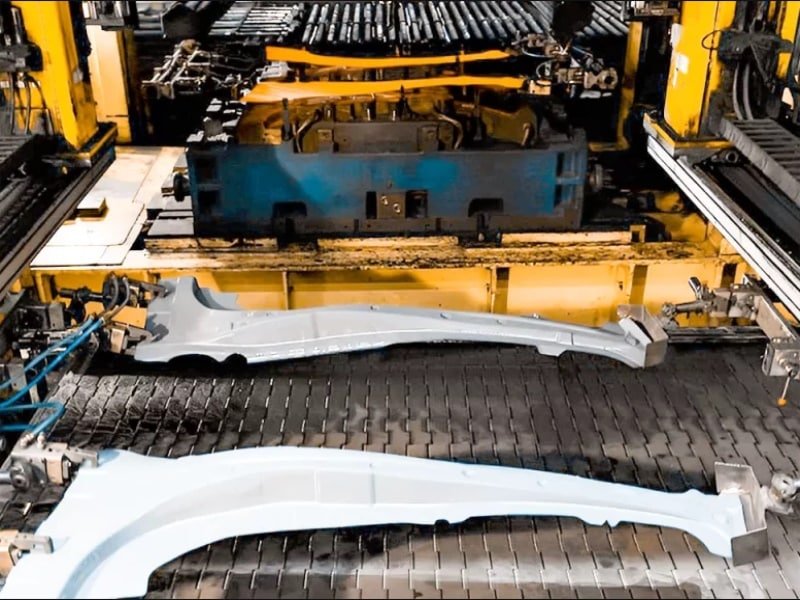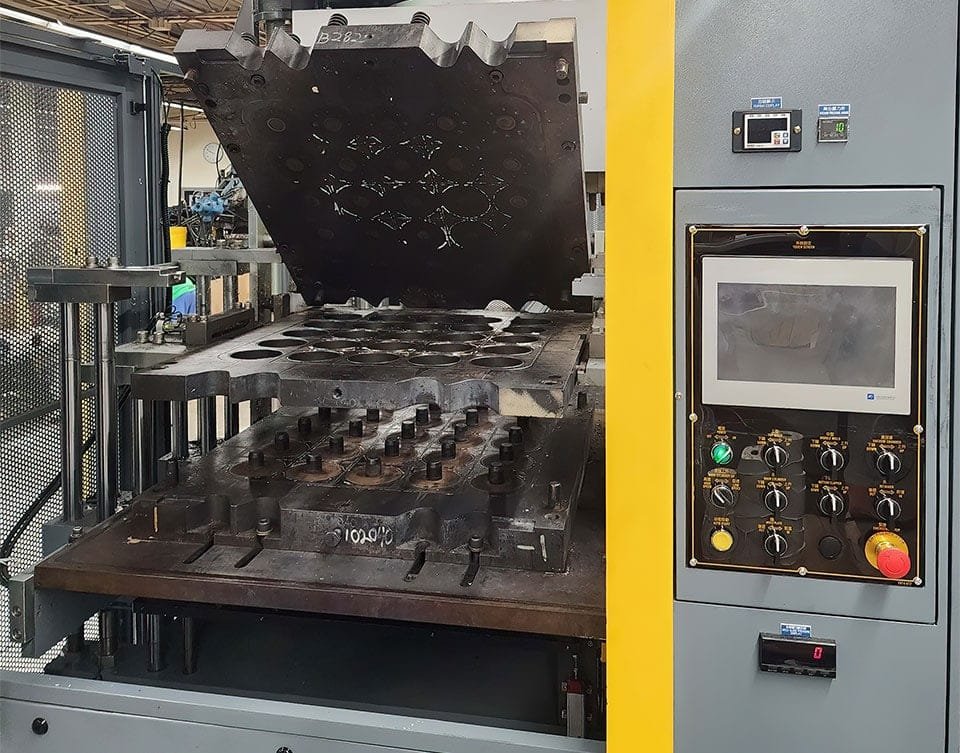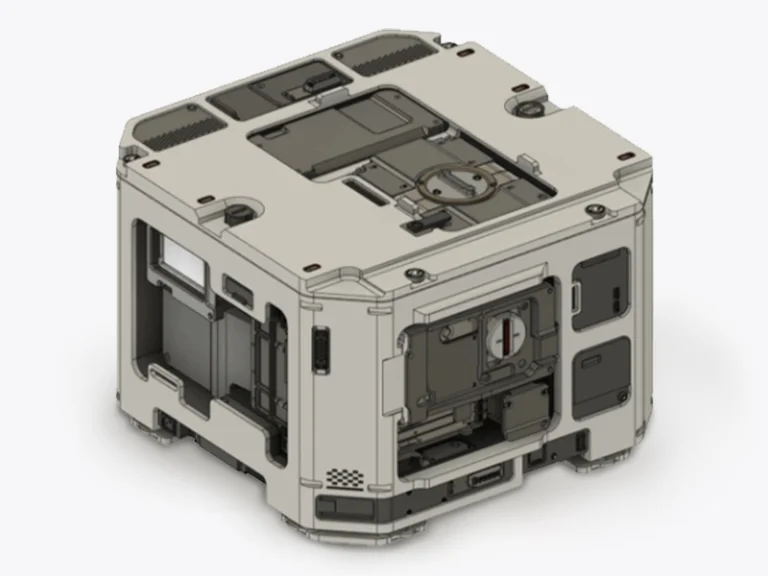Custom Machining Services
Precision CNC Milling & Turning From Prototypes to High-Volume Production
- CNC Milling & Turning for Metal, Plastic, and Composite Materials
- Tight Tolerances (±0.001") with ISO 9001 Certification
- Fast Turnaround, with a standard lead time of 3-5 days
- Low MOQ, starting from just 1 piece


Our custom machining services are designed to meet your specific requirements. At Jiangzhi, we offer expert Precision CNC machining services, specializing in CNC turning and CNC milling to create CNC precision parts for a wide range of industries. Whether you need a CNC prototype machining service or high-volume production, we deliver top-quality results tailored to your specifications.
CNC Custom Machining Service Capabilities
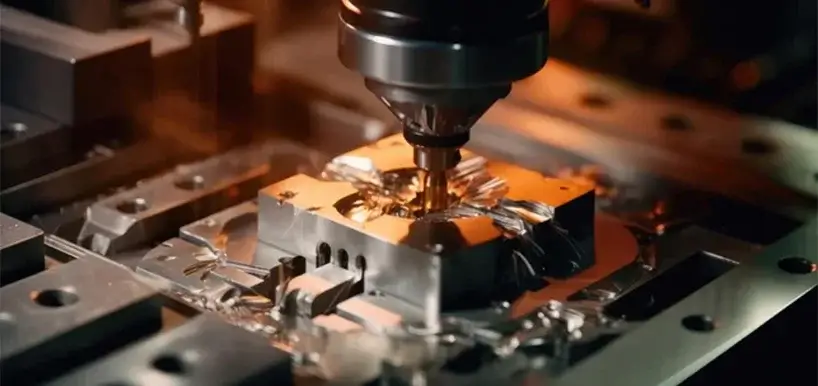
Precision Custom CNC Milling
Materials: Plastics, Alloys, Engineering Polymers.
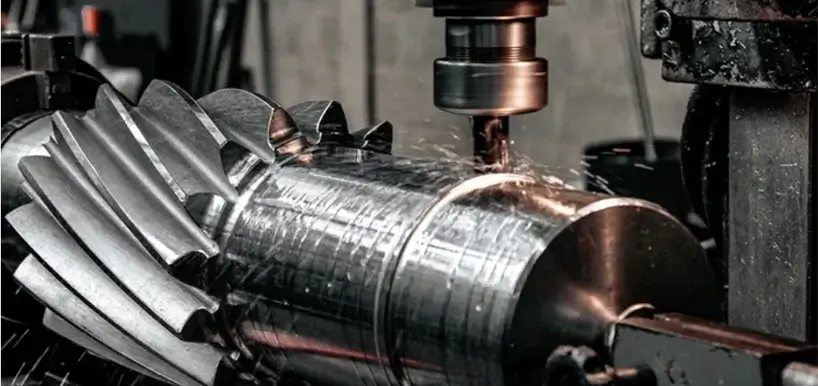
Precision Custom CNC Turning
Materials: Aluminum, Stainless Steel, Titanium.
Custom CNC Machining Service Technical Parameters
| Parameter | CNC Milling | CNC Turning |
|---|---|---|
| Precision | ±0.001" | ±0.002" |
| Materials | Metal, Plastic | Metal, Plastic |
| Surface Treatment | Anodizing, Powder Coating | Polishing, Plating |
| Cutting Speed | High speed for fine finishes | Moderate speed for turning |
| Tooling | End mills, face mills, drills | Turning tools, inserts |
| Production Volume | Ideal for medium to large batches | Suitable for small to large batches |
Custom CNC Machining Materials
Metal Materials Selection
CNC Machining Service Benefit
Compared to manual machining, CNC technology improves efficiency and accuracy, resulting in faster production, safer operations and lower costs.
- CNC machining have little to no waste of material
- High precision and greater accuracy
- Faster and efficient production
- Less dependabilitiy on human labor and fewer human errors
- Reduction in energy consumption
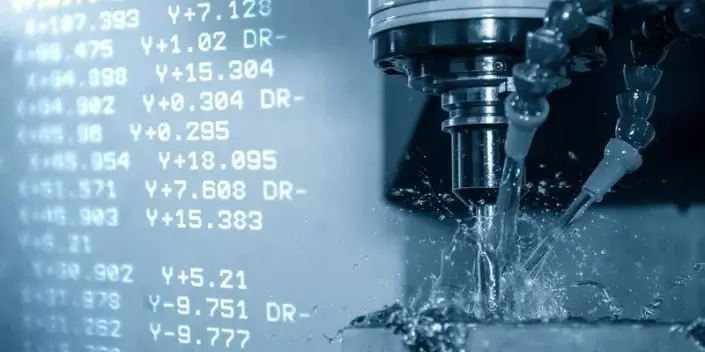
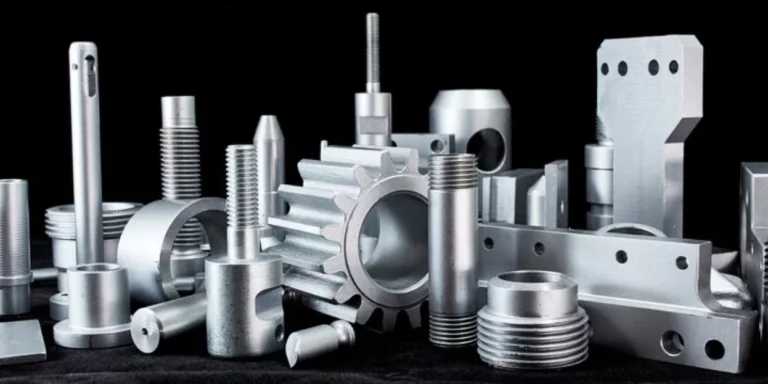
CNC Machining Parts
CNC machining delivers precision, consistency, and versatility, enabling the production of typical metal and plastic parts for various industries.
- Gears
- Shafts
- Brackets
- Housings
- Connectors
- Fittings
- Bushings
Machining Parts Manufacturers: Case Show












Custom CNC Machining Parts in Different Industries
Why Choose Us CNC Machining Service?
High Precision & Consistent Quality
Fast Turnaround & Flexible Capacity
Expert Engineering Support
One-Stop Prototyping & Small-Batch Solution
Professional CNC Machining Process Service Company
Improve production efficiency and choose efficient CNC machining solutions!
FAQs of Custom Machining Services
How long does CNC machining take?
Generally, for 1-10 pieces, delivery takes around 3-5 days, and for 10-500 pieces, it takes 7-20 days.
How do I know if CNC machining is right for my project?
CNC machining is great for projects that need high precision, complex shapes, or tight tolerances. It’s perfect for industries like aerospace, automotive, and medical, where accuracy is critical. If you need quality parts quickly, CNC precision machining can handle both small and medium production runs effectively. Not sure if CNC fits your project? Contact us, and we’ll help you decide the best approach for your needs!
What are the benefits of plastic CNC machining?
How does CNC machining compare to 3D printing?
CNC machining offers high precision and can work with more durable materials, making it better for functional parts. 3D printing is great for rapid prototyping but may not match CNC in terms of material strength or fine detail. Not sure which method to choose? Reach out, and we’ll help you pick the best solution for your project!
What are the best materials for CNC metal machining?
The best metal material for CNC metal machining depends on your project requirements. Commonly used materials include aluminum, stainless steel, brass, and titanium. Each material offers different benefits such as strength, corrosion resistance, and machinability. For example, aluminum is lightweight and easy to machine, while stainless steel offers superior durability and corrosion resistance. Our custom machining services can help you select the optimal material for your project based on factors like strength, environmental conditions, and functionality.
What is the cost of CNC machining?
Costs depend on factors like material, complexity, and quantity. Simple parts cost less, while detailed parts may be more expensive. Larger production runs typically lower the per-unit cost.Want a cost estimate? Send us your design, and we’ll provide a clear, customized quote!



